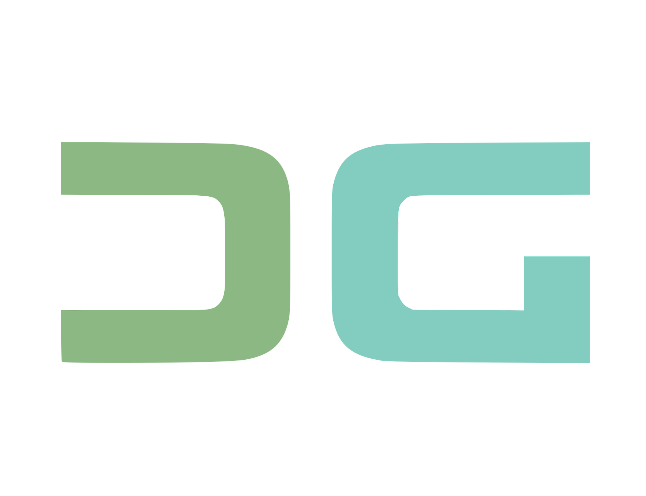
Here are four common multi-tenant database architecture patterns you can implement with Google AlloyDB:
1. Separate Cluster per Tenant
Each tenant gets its own dedicated AlloyDB cluster, offering the highest level of isolation.
Pros: Highest data isolation and security, independent scalability, full customization, simplified onboarding and offboarding.
Cons: Highest cost, increased maintenance complexity.
2. Shared Cluster, Separate Database per Tenant
All tenants share one AlloyDB cluster, but each has its own dedicated database.
Pros: Good data isolation and security, improved cost efficiency, easier maintenance.
Cons: Lower isolation than separate clusters (shared resources), scaling limitations (cluster-level), limited customization, more complex onboarding and offboarding than separate clusters.
3. Shared Cluster and Database, Separate Schema per Tenant
All tenants share the same cluster and database, with data isolated by dedicated schemas.
Pros: Significant cost efficiency, simplified maintenance.
Cons: Lower data isolation, increased security risks, potential scalability challenges (“noisy neighbours”), limited customization, more complex onboarding and offboarding than separate databases.
4. Shared Everything with Row-Level Tenant Identification
All tenants share the same cluster, database, schemas, and tables, with a tenant_id column enforcing isolation via application queries.
Pros: Maximum cost efficiency, simplest maintenance.
Cons: Lowest data isolation, highest security risks (reliant on application), significant scalability challenges, minimal customization, complex query management, complex onboarding and offboarding.
Source Credit: https://medium.com/google-cloud/designing-multi-tenant-applications-with-alloydb-f0c71cf02800?source=rss—-e52cf94d98af—4




